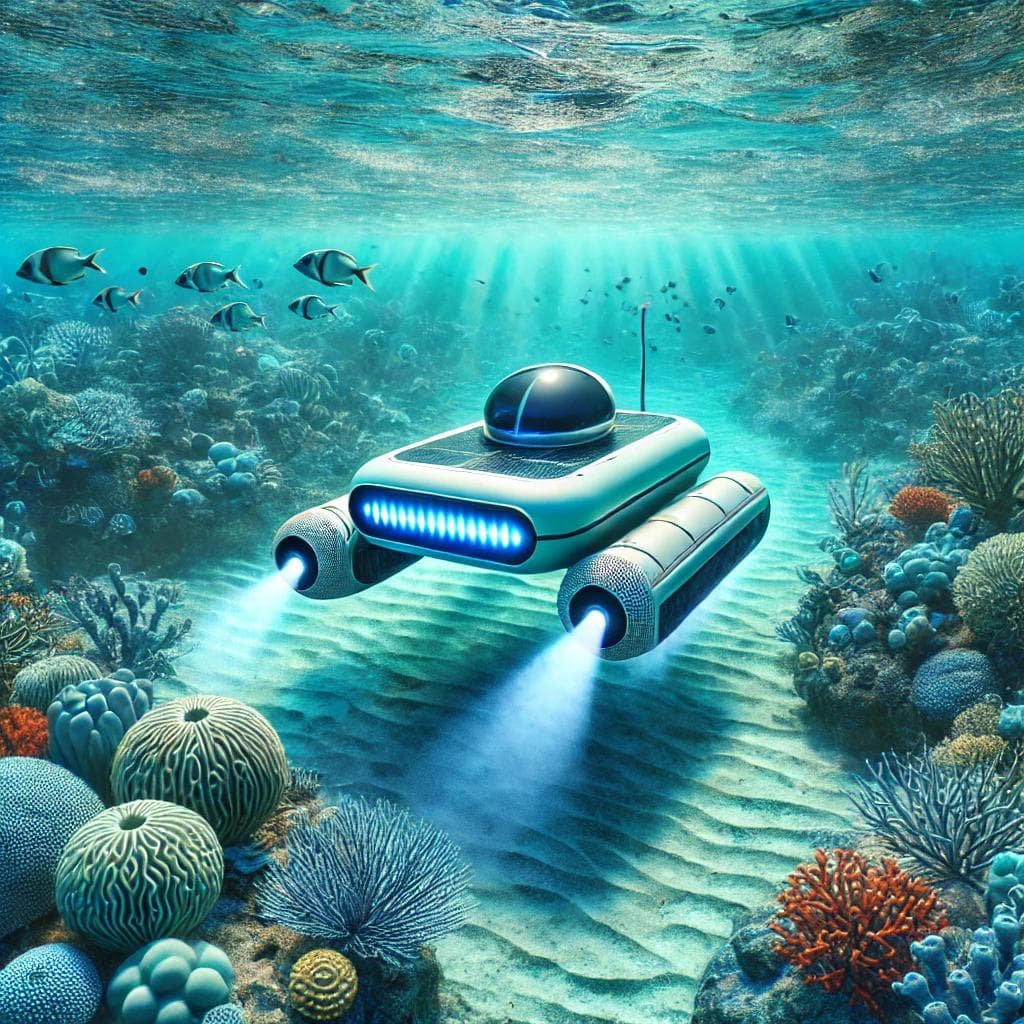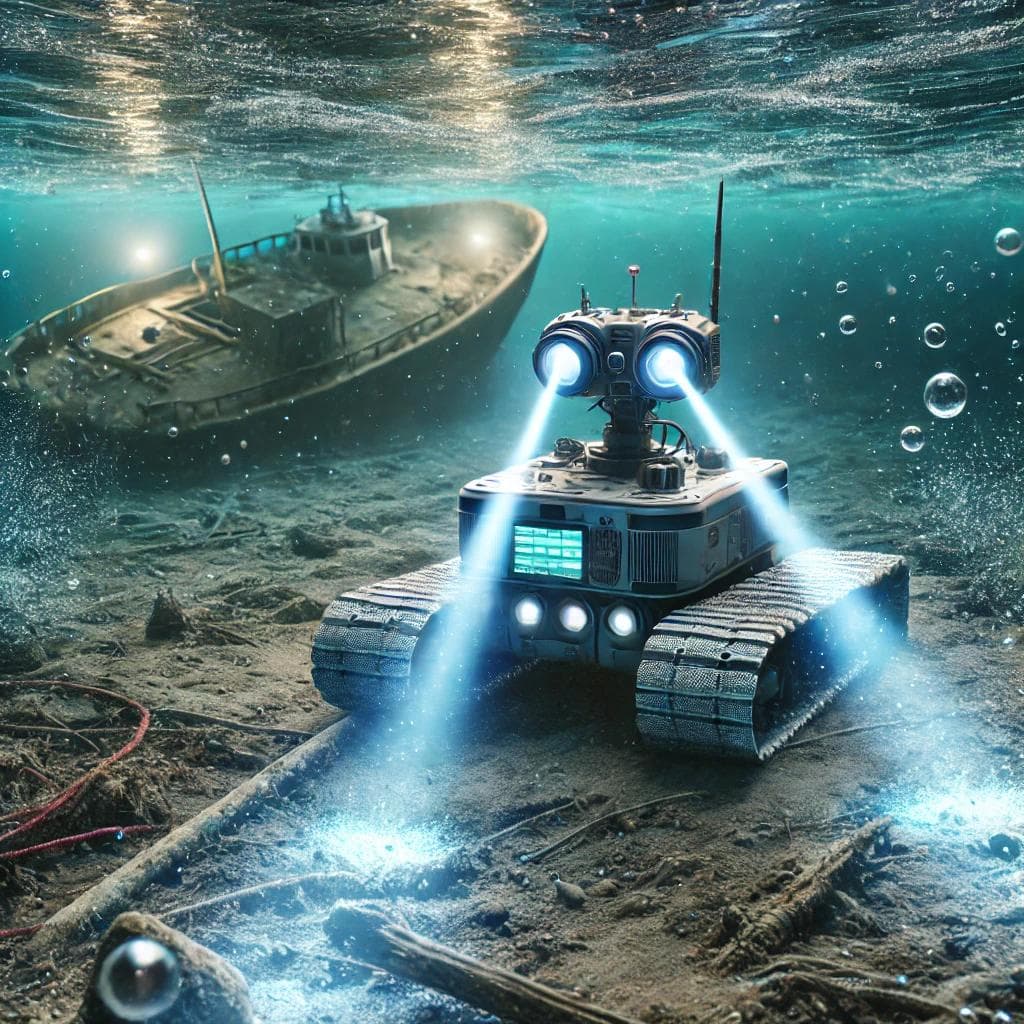Exploring the Depths: The Rise of Marine Robotics
December 22, 2024
Jim Bellaware

"The ocean, covering more than 70% of our planet, remains one of the least explored frontiers on Earth. Beneath its surface lies a vast, mysterious world, teeming with life"
The Emergence in Marine Robotics
Marine robotics encompasses autonomous and remotely operated systems designed to explore and operate in aquatic environments. These innovative tools are revolutionizing industries such as marine research, underwater archaeology, offshore energy, and environmental monitoring.
Key Applications of Marine Robotics
- Ocean Exploration: Robots like autonomous underwater vehicles (AUVs) and remotely operated vehicles (ROVs) delve into deep-sea trenches and underwater volcanoes, capturing high-resolution images and collecting samples where humans cannot venture.
- Marine Conservation: Marine robots monitor coral reefs, track marine life migration, and detect pollution. Their precision and ability to operate continuously make them indispensable for conservation efforts.
- Energy Sector: In offshore oil and wind farm operations, robots inspect and maintain underwater infrastructure, reducing the risk to human divers.
- Search and Rescue: Marine robots are crucial in locating shipwrecks and aiding in recovery missions, often working in tandem with sonar technology.

Challenges in Marine Robotics
Despite their promise, marine robotics face several challenges:
- Communication: Unlike land-based robots, underwater systems struggle with limited data transmission due to the nature of water.
- Energy Efficiency: Prolonged missions demand innovative solutions for power storage and consumption.
- Navigation: Operating in a dynamic, three-dimensional environment requires sophisticated navigation and control algorithms.
The Future of Marine Robotics
The future of marine robotics is exciting. Advances in artificial intelligence and machine learning are enabling smarter, more autonomous systems. Swarm robotics, where multiple robots collaborate in synchronized operations, holds the potential to tackle large-scale challenges like mapping the ocean floor.
Governments, academic institutions, and private organizations are investing heavily in marine robotics. As we venture deeper into the ocean, these technologies will play a pivotal role in unraveling its mysteries and ensuring its preservation for future generations.
Conclusion
Marine robotics is not just a technological marvel; it is a gateway to understanding and safeguarding our oceans. By blending innovation with environmental stewardship, we can navigate the uncharted and unlock the secrets of the deep. The waves of change are here, and they are powered by robots.